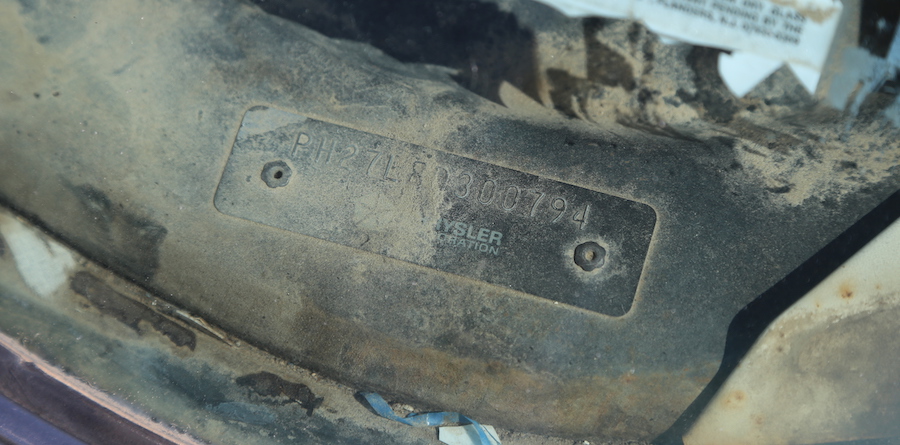
Spring is here, and for a lot of us, that means it’s time to either wake up our classic cars — or to go to auction and buy something new to use through the summer.
Say you’re buying something new. You know to check for rust, and to look for previous damage, and to run whatever numbers you can find to be sure that the car you’re looking at is actually original. But have you thought to check the VIN plate rivets?
Starting in about the mid-1960s, American car manufacturers started using rosette-style rivets to fix VIN plates to their cars. These were, even from new, tightly controlled by the federal government at the big three’s factories — the idea being that if anyone was to ever try to swap VINs, say on a stolen car, they’d need to use these special rivets to make the car appear to be legit. As such, these rivets were generally unavailable to the public.
Now, not every car had these from new — some tags were spot-welded, others affixed with round rivets. The rollout of these rivets was not industry-wide from 1965. As such, it pays to research what should be original for the make and model car you’re looking at.
But if the car came with rosettes from new, and that VIN plate has ever been removed, it very well could be reattached with standard pop rivets. This was standard procedure for a bunch of body shops — and some resto shops — back in the day.
What’s the problem with that? Well, a rivet is a rivet, until you get the government involved, say when a vehicle gets sold from one state to another and requires a VIN inspection. Enforcement of the law really varies from state to state, but you may find yourself holding onto a car that can’t be registered due to having the wrong style of rivet on the VIN tag. That can end your summer fun quickly.
Was the tag removed for restoration? Was the car stolen? You might find your state doesn’t see a difference in those two scenarios. They can argue that removing the tag was illegal regardless of the reason why. And for you, a new car owner, that could spell trouble.
Most auction houses are pretty good about not allowing vehicles without the proper paperwork and rivets, but not all. So it pays to do your homework, know what came with rosettes and what didn’t, and to be sure they’re in place on a car you’re looking to buy. Otherwise you might be in for a bunch of extra trouble that you didn’t expect when it comes time to register your new classic.